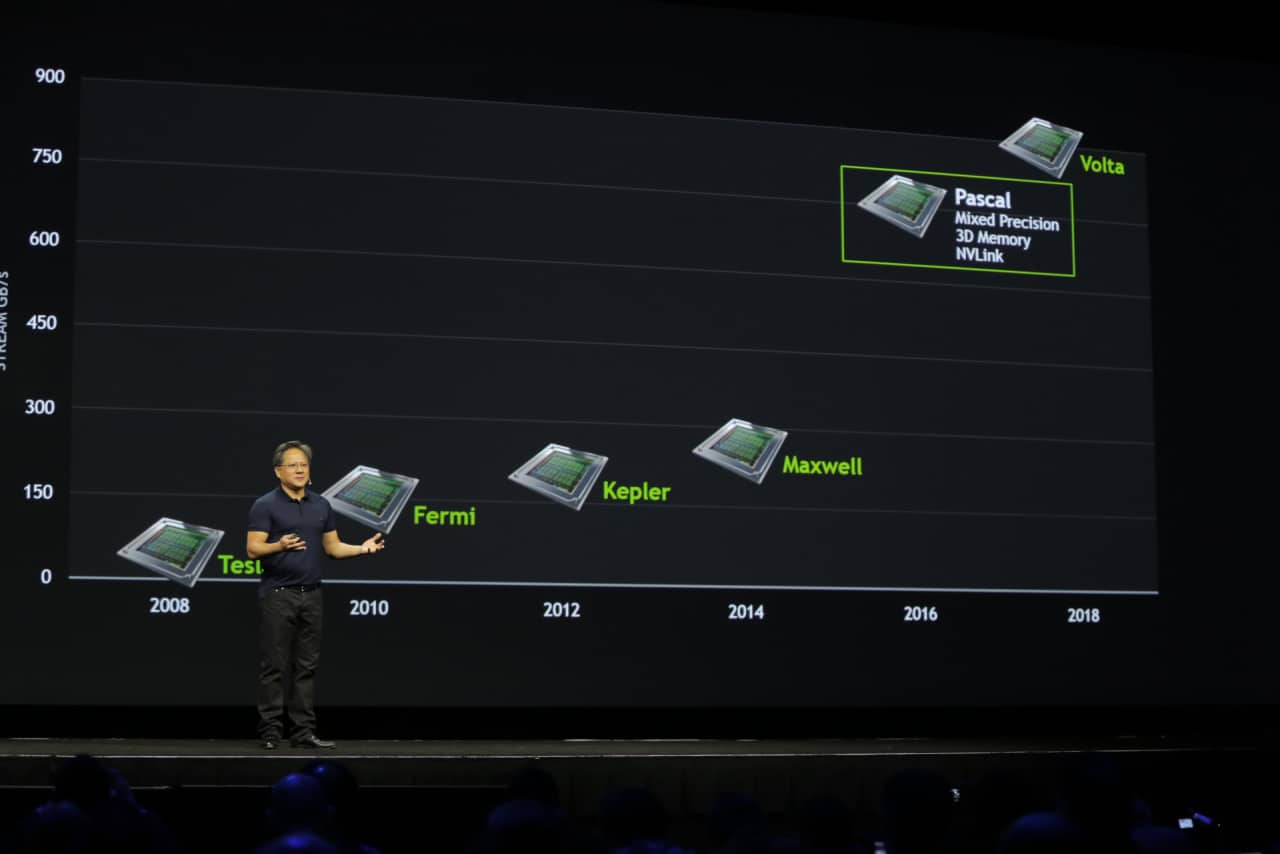In the summer of 2008, AMD launched the Radeon HD 4870 – the world’s first graphics card with GDDR5. The memory standard means a significant bandwidth boost against GDDR3 and now it’s time for a similar shift, where AMD will once again be first. This time with the Radeon R9 390X, which takes the step over to High Bandwidth Memory (HBM).
The basis of the technology is stacked memory according to the concept through-silicon via (TSV), where memory circuits are produced with physical holes filled with conductive materials, which create vertical conduit paths when the circuits are joined. The advantage of the technology over the past is that lower voltage is required to send signals between the circuits, which results in lower power consumption and room for higher performance.
With the first generation HBM, called HBM1, to be used by AMD, four circuits are stacked on top of each other. Each with two 128-bit IO connectors, for a massive width of 1,024 bits per completed memory capsule. This includes the voltage 1.2 V and the clock frequency 1,000 MHz, which gives a bandwidth of 128 GB / s.
The capacity for HBM1 initially lands at 8 Gb (1 GB) or 16 Gb (2 GB) per capsule, where four of the latter are expected to be used in the AMD Radeon R9 390X. It would provide a total of 8 GB of video memory and 512 GB / s of bandwidth, however, rumors suggest that AMD uses slightly faster memory at 1,250 MHz for a full 640 GB / s – double up to the current Radeon R9 290X.
SK Hynix, which is behind the technology, is also working on a further development of HBM1, where eight circuits are stacked to create memory capsules with a capacity of 32 Gb (4 GB). In the case of AMD, this would enable a graphics card with a full 16 GB of video memory, something that may come in handy for a future computing card in the Firepro series.
HBM2 to Nvidia Pascal
HBM1 is just the first step and already next year it’s time for the next generation, where clock frequency and capacity are doubled. It provides 64 Gb (8 GB) per memory capsule and a clock frequency of 2,000 MHz with the same 1,024-bit bus width. The end result is not only high capacity but also an incredible 256 GB / s per capsule.
Interesting in this context is that Nvidia is talking about a memory bandwidth of 1 TB / s or 1,024 GB / s and 32 GB of video memory for the next graphics architecture Pascal, which figured in renderings from Nvidia with four memory capsules. The number exactly matches the upcoming HBM2 standard from SK Hynix.
Nvidia’s architecture Pascal is expected to arrive sometime in 2016.















